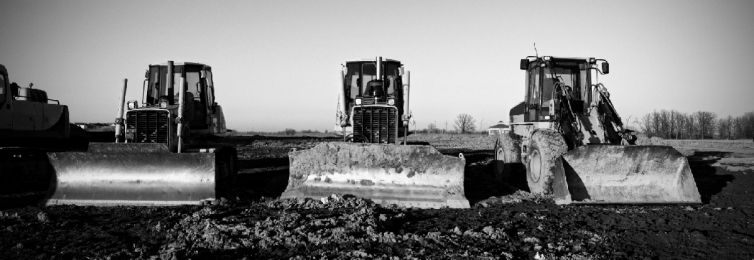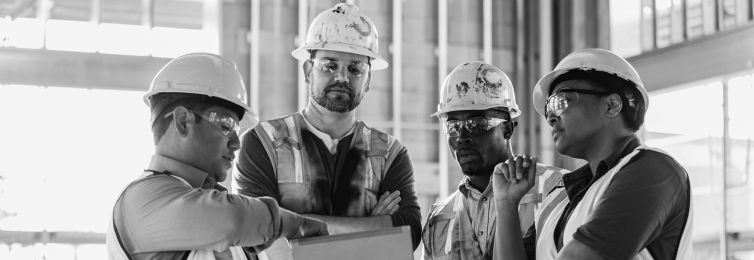June is trenching safety month, and, despite the priority push from OSHA to reduce trenching and excavation hazards, the industry has seen a rise in related injuries and fatalities on the job-site. Although OSHA has delineated excavation safety standards, these government regulations can be confusing and misunderstood when efforts are made to put them into practice.
In the field on a daily basis for Builders Mutual as risk management expert, John O’Grady and Bernard Urtecho witness this confusion firsthand. Here, in an effort to prevent unnecessary injury and death, they shed light on the most commonly misunderstood—or simply unknown—excavation and trenching facts.
- OSHA’s definition of excavation is “any man-made cut, cavity, trench or depression in the earth’s surface formed by earth removal.” So, a two- or three-foot hole—even a shovel of dirt—is considered a trench. OSHA’s standard procedures typically begin at four feet deep. However, people die in much shallower trenches. Recently, in North Carolina, there was a fatality in a 38-inch trench. Most contractors wouldn’t even consider this a trench, but collapse is clearly possible. Also surprising to most people is that a documented inspection, egress, and entry are all required at four feet—not five.
- The “competent” person on the job-site is a company-designated individual with sufficient training, experience, and education level. The competent person must be on the site when trenching or excavation is done to any depth. For example, even when a plumber or an electrician digs an 18- or 24-inch trench, a competent person must be present to assess and evaluate the work. It is then up to the competent person to inspect the trench(es) every day before work begins.
- Any presence of water in a trench—at any depth—must be assessed and determined safe by the established competent person. Water destabilizes trench walls and can lead to collapse. If any water is in a trench, no one can enter without the protective measures of benching/sloping, shoring, or installing a trench box.
- People don’t really understand how heavy soil is. A single cubic foot of soil weighs 100 to 300 pounds, depending on the type of soil. A cubic yard can weigh 1,800 to 4,000 pounds—so it’s like a car falling on you. Even a shallow trench of just two feet can break a hip or a leg, damage knees, etc. And much like a boa constrictor’s attack, the crushing weight of the soil pressing against the chest restricts the ability to breathe, and suffocation results. Even when someone is standing up and buried from the waist down, the weight of the soil cuts off circulation with dire results.
- Your spoil pile impacts your trench height. The spoil pile must be more than two feet from the edge of your trench, or it becomes part of the trench depth. If you have a two-foot trench, for example, and the spoil pile is three feet high and sitting less than 24 inches from the trench, your trench is now a five-foot trench. The solution is simple: Move the spoil pile—and check it daily.
- When trenching, consider all vehicles and equipment traffic on the job-site. As these vehicles move, they vibrate and loosen the soil, making it unstable. To eliminate this risk, traffic should be diverted away from the trench or suspended until the excavation is complete. If this isn’t possible, it’s imperative to shore up the trench. A recent example seen in the field involved a crane loading material onto a structure. A three-foot trench was 10 feet away from the crane, but the trench collapsed due to the equipment movement. The appropriate action? Get out of the trench, let the crane finish its work, clean up the trench, and then resume work.
How can you keep your job-site safe from excavation and trenching disasters? The experts at Builders Mutual are here to help. We provide training on the OSHA excavation regulations, bringing clarity to some of the more confusing standards. Equally as important, we also offer onsite soil evaluation and education on region-specific excavation issues. The sand-over-clay soil in Virginia Beach, Virginia, for instance, is different than the red clay in southern Georgia—and that difference requires changing your approach to trenching. We’ll bring relevant tips and tricks to the table for increased awareness and safety.
To dig deeper on the topic of trenching safety, check out our previous blog post on the top 10 excavation pitfalls and watch the informative OSHA webinar at https://vimeo.com/317491728.
Content reviewed 3-2021.




 Find an
Find an